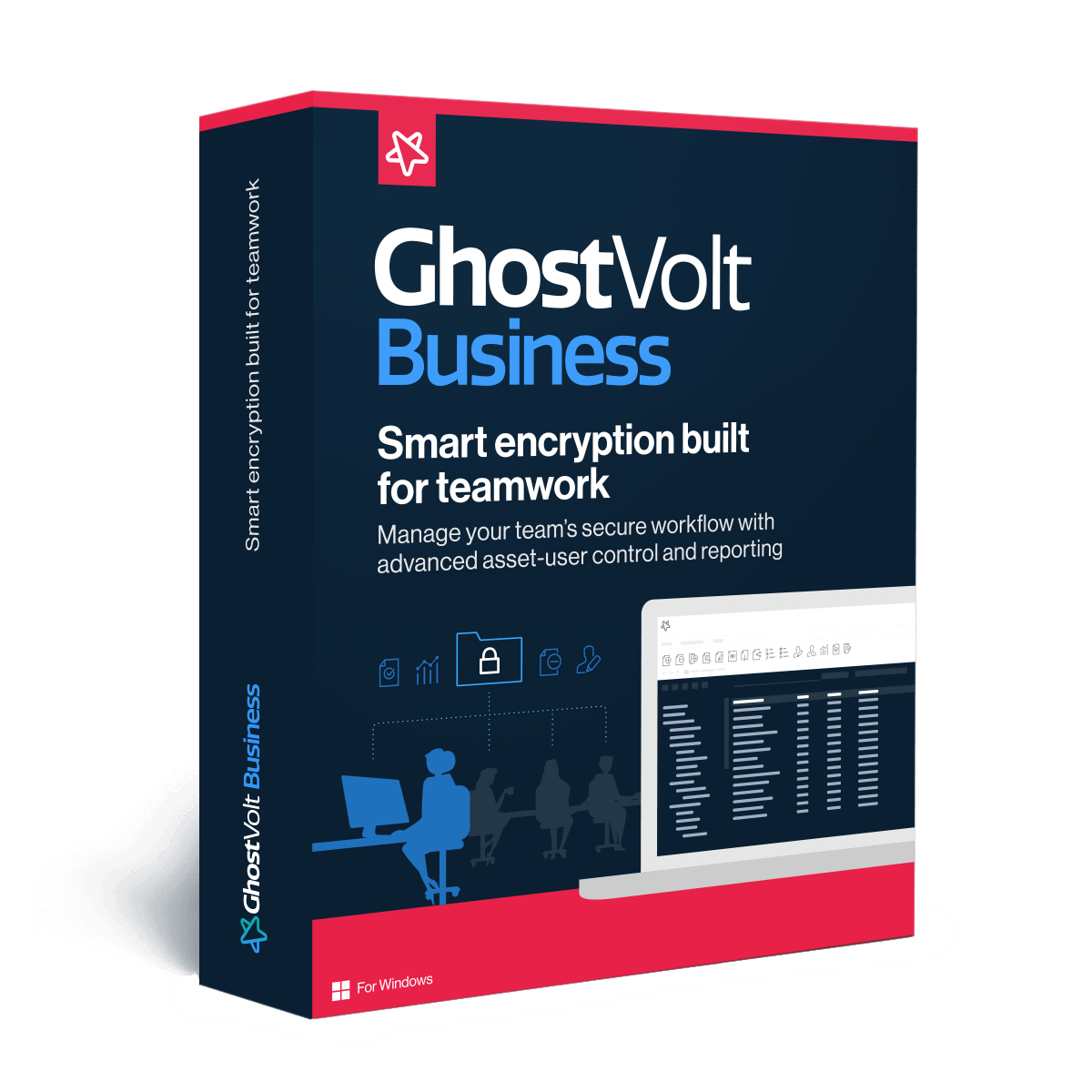Inside the Encryption Backdoor Debate
Where are we now with secure encryption and law enforcement's efforts to break it?

Encryption technology is designed to protect sensitive data from unauthorized access. Communications applications with end-to-end encryption, like Telegram or Signal, are designed to ensure that an eavesdropper who intercepts the traffic en route doesn’t have the capability to read it.
Increasingly, government officials have been calling for backdoors to be built into all encryption algorithms. The most famous and vocal proponent of it is the US Attorney General, William Barr; however, a meeting of representatives from Five Eyes countries (Australia, Canada, New Zealand, UK, and US) recently expressed support for the proposal.
Despite the security concerns associated with it, encryption backdoors are required in some countries. In December 2018, Australia ignored the advice of security and encryption experts and passed a law mandating backdoors in all encryption.
The Call for Backdoors
One argument for encryption backdoors essentially boils down to one of law enforcement. Encryption is designed to keep all eavesdroppers out of a private conversation, including the police. Encryption backdoor supporters, like Barr, believe that this ability to “go dark” has been causing an increase in unsolved criminal investigations.
As a result, enterprises may be required to install backdoors in encryption algorithm, regardless of the damage to personal privacy. Barr has expressed the opinion that the general public doesn’t really need strong encryption since they’re only protecting personal emails and selfies and not the nuclear launch codes.
The problem with Barr’s justification for breaking encryption is that crime rates aren’t rising. In fact, they’ve been steadily dropping since 1993. While encryption denies law enforcement access to some forms of evidence, they still have all of the investigative techniques that existed before the rise of computers, and these techniques have consistently proven to be effective.
Professional File Encryption for Everyone
GhostVolt Solo
Secure all your files with enterprise level automated encryption, secure file sharing and much more...

Backdoored Cryptography: Data Encryption Standard
This isn’t the first time that the US government has tried to weaken encryption for the purposes of law enforcement and/or national security. In the past, the National Security Agency (NSA) was even successful in weakening one encryption algorithm: the Data Encryption Standard.
In 1973 and 1974, the National Board of Standards, the forerunner of the current National Institute of Standards and Technology (NIST), issued calls for an encryption algorithm that would become the official Data Encryption Standard of the US government. One submission, developed by IBM, was eventually selected as the winner of the contest.
As part of the review process, the NSA had the ability to review and make suggestions regarding the encryption algorithm. In the end, they made two major modifications that changed the substitution boxes (S-Boxes) used by the cipher and the key length.
The NSA’s change to DES’s S-Boxes was actually intended to improve the security of the cipher. At the time, only the NSA knew about a particular method of cryptanalysis, called linear cryptanalysis. The original S-Boxes of the proposed algorithm were vulnerable to this attack, and the NSA’s modifications corrected this.
The other main change that the NSA made to the cipher was a change to the length of the secret key from 64 to 56 bits (though the NSA wanted 48-bit keys). This made the encryption keys 256 times weaker than the original cipher and led to its being broken in 1999. The original DES submission would have remained secure for a longer time.
The Challenge of “Secure” Backdoors
The main challenge with backdoors in encryption algorithms is that no-one knows how to do them in a secure way. In his calls for encryption backdoors, Barr pointed to three previous proposals for accomplishing it:
- Allowing law enforcement to silently enter as a participant in a conversation
- A hardware chip in phones that stores encryption keys that only law enforcement can access
- A multi-layer encryption algorithm that allows law enforcement access to the underlying data
These proposals are nothing new. The first option has been tried in the past with unfortunate results since it is difficult to ensure that only law enforcement has access to a backdoor. The problem with the other two options is that they seem like a good idea, but no-one knows how to implement them in a secure fashion.
The Bottom Line
The encryption backdoor debate is troubling since it involves lawmakers deliberately ignoring statements from security and cryptography experts that their requests are impossible to implement in a secure fashion. If the backdoor proponents succeed, individual privacy could take a major hit.
And the crazy thing is that it won’t even work. The primary difference between apps like Whatsapp and Telegram and messaging apps like Signal is that Whatsapp and Telegram are operated and maintained by companies and Signal is open-source.
This means that, if companies like Facebook and Telegram comply with the law, all of their users will have potential privacy violations. However, the criminals that the law is designed to address (and who couldn’t care less about the law) will switch to Signal or other open-source apps where the backdoor can be removed from the code before using it.
The encryption backdoor law boils down to limiting people (and criminals) to only using certain apps on their phones and computers. The number of jailbroken iPhones, rooted Androids, and unlicensed copies of Windows in use demonstrate that this is another problem that device manufacturers don’t know how to solve.
Professional File Encryption for Everyone
GhostVolt Solo
• Enterprise level security
• Secure unlimited files
• Automated encryption
• Secure file sharing
• ... and more

Guest author Howard Poston is a cybersecurity and blockchain security consultant and trainer. You can reach Howard at howard.poston@gmail.com


